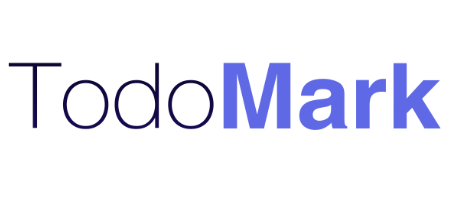Why Designers and Builders Prefer Vinyl Flooring for Versatile Aesthetic Options
Shifts in design preferences, construction practices, and sustainability expectations are shaping a new wave of innovation within the flooring sector, where vinyl continues to evolve beyond its traditional perception as a low-cost alternative material. Modern demand trends emphasize not only visual authenticity and surface performance enhancements but also regulatory alignment, environmental responsibility, and digital purchasing acceleration. These influencing factors are defining the next phase of product positioning and competitive frameworks. As more consumers and building stakeholders prioritize long-life, low-maintenance surfaces, vinyl remains among the most strategically advantaged categories due to its adaptability across residential, corporate, healthcare, hospitality, and retail applications.
One noticeable trend affecting the future of the Vinyl Flooring Market is the rising adoption of rigid core and hybrid vinyl systems that combine waterproof construction with enhanced acoustic control and superior subfloor tolerance. These next-generation profiles reduce installation complexity and enable remodel projects to proceed without demolition of existing materials, greatly expanding their appeal to contractors and real estate developers. At the same time, processing technologies have improved embossing depth and print fidelity, allowing vinyl surfaces to replicate premium textures such as wire-brushed hardwood, terrazzo, and natural stone at a fraction of the lifecycle cost. In addition to surface realism, many brands are integrating antimicrobial coatings and scratch-resistant layers, reflecting heightened expectations for hygiene durability and high-traffic performance.
Digital sourcing now plays a critical role in flooring decision-making, with virtual room simulators and augmented reality tools becoming standard features among leading suppliers. These platforms allow specifiers to compare pattern scale, plank width, grout line variation, and lighting effects across multiple colors without physical samples, accelerating commercial bidding cycles and reducing order errors. Analysts tracking broader Vinyl Flooring Trends note the correlation between digital adoption and brand loyalty, where companies offering frictionless customer experience gain higher repeat engagement from dealers, architects, and home renovators.
Sustainability continues to be a trend catalyst, particularly in regions enforcing stricter carbon reporting standards and recycled content requirements. Manufacturers are responding through bio-based plasticizer development, take-back reclamation programs, and closed-loop production models that limit waste and reduce reliance on virgin PVC. Certifications such as FloorScore, EPD labeling, and LEED eligibility are becoming competitive differentiators, signaling compliance to buyers who are increasingly tasked with meeting ESG procurement goals. Beyond environmental considerations, the trend toward modular flooring formats supports flexible workspace design, allowing maintenance teams to replace individual tiles without full-floor disruption, thereby extending material lifecycle benefits.
Another key trend is the rise of luxury vinyl in the residential sector, where homebuyers and renovators view it as an aesthetic upgrade rather than a fallback budget product. Wider planks, matte finishes, and high-definition textures have redefined style expectations, while floating installation formats appeal to DIY markets. Meanwhile, commercial sectors—including healthcare—continue prioritizing heat-weldable sheet vinyl for sterile environments, preserving segment-specific relevance within the product mix.
As the flooring ecosystem evolves, collaboration between distributors, contractors, and technology providers is increasing, making supply chain integration a central competitive asset. Market participants that align digital accessibility, environmental innovation, and multi-tiered product performance are best positioned to capitalize on the industry's growth trajectory, especially as new construction and replacement cycles accelerate globally. The convergence of design quality, smart logistics, and compliance-driven development solidifies vinyl as a long-term leader in modern floor covering markets.
- Искусство
- История и факты
- Ремесла
- Танцы
- Напитки
- Фильмы
- Фитнесс
- Питание
- Игры
- Садоводство
- Здоровье
- Дом
- Литература
- Музыка
- Сеть
- Другое
- Вечеринка
- Религия
- Поход по магазинам
- Спорт
- Театр
- Здоровье



